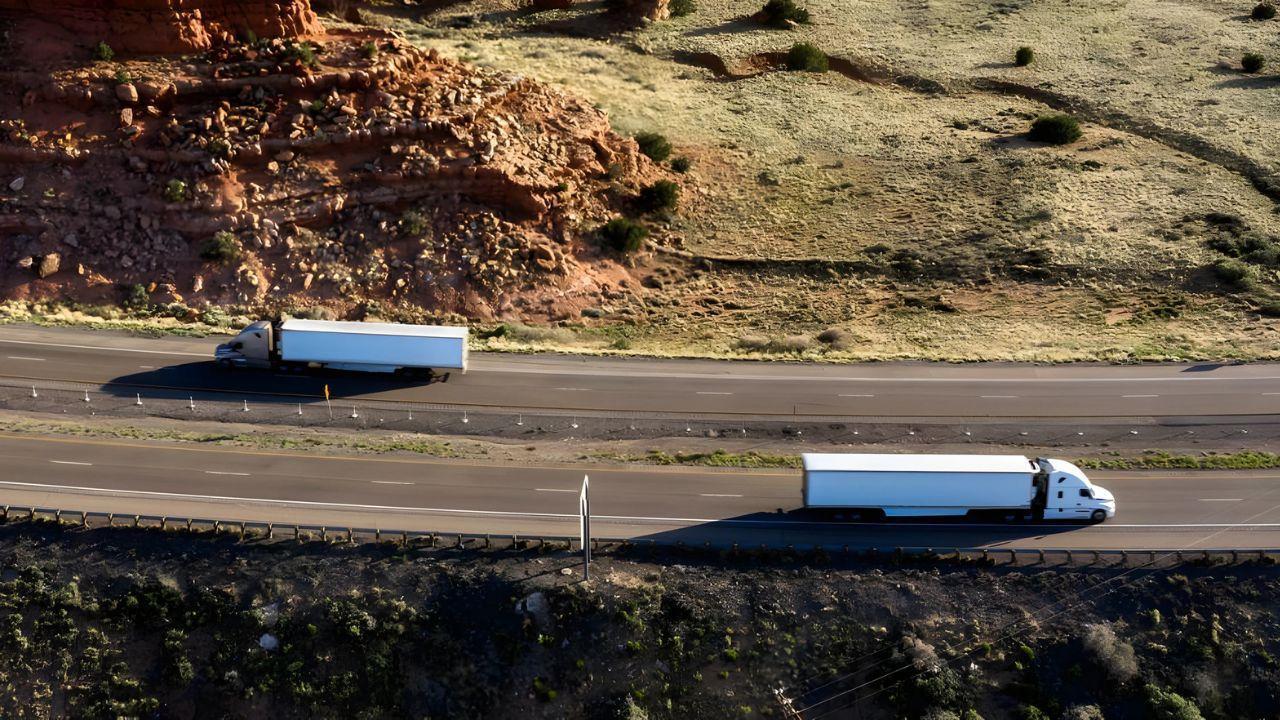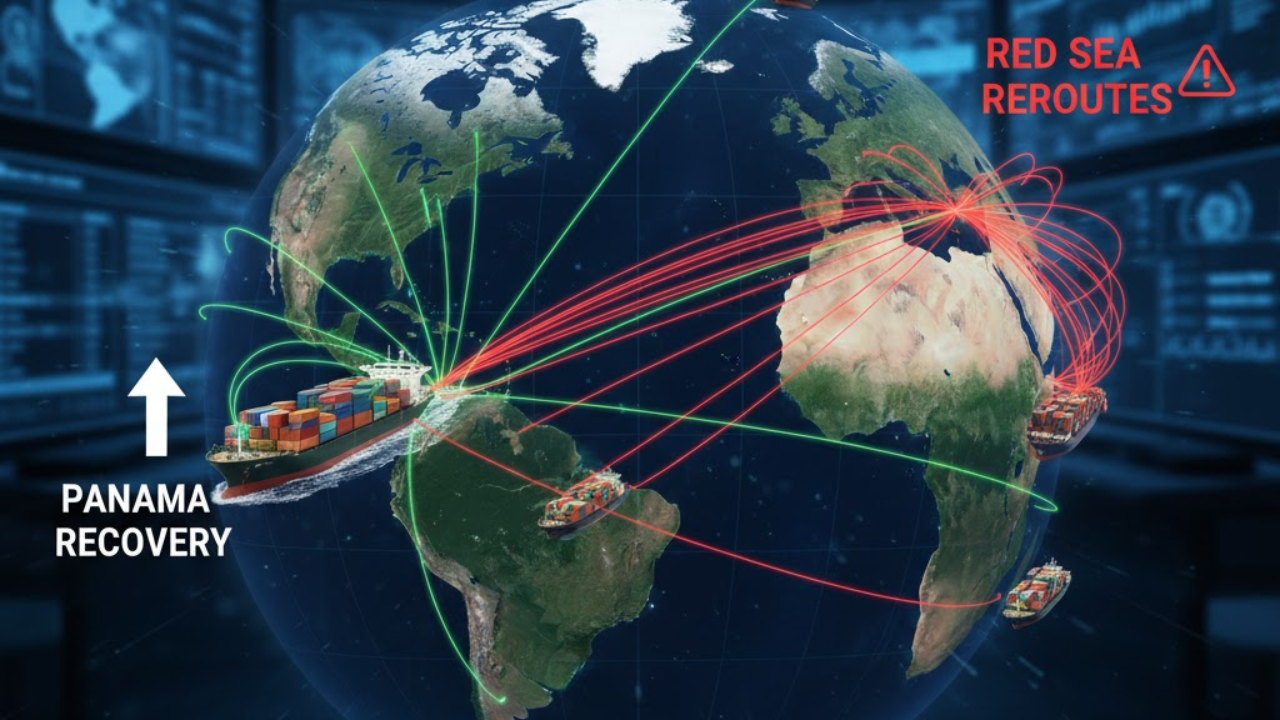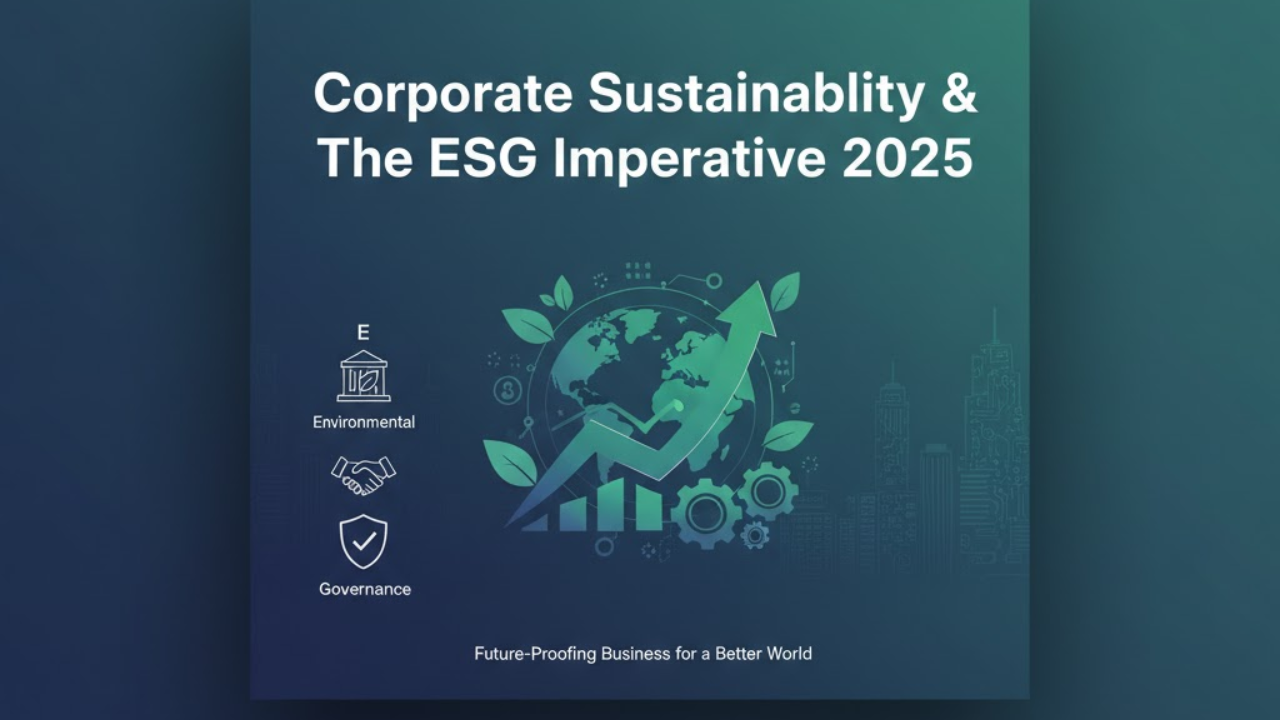
Post by : Avinab Raana
Photo : X / HoboJoe
India is poised for what could be one of the biggest festive e-commerce surges yet with major marketplaces such as Amazon, Flipkart, Meesho expecting nearly twice the sales compared to last year. Urban consumer spending is rising sharply, aided by recent GST rate rationalisation which has pushed prices down for electronics and white goods. Yet even as demand climbs, logistics systems are showing signs of strain. Warehouses are filling up; last-mile delivery networks are stretched; seasonal hiring is in progress yet appears insufficient. This tension between high expectations and operational constraints could determine whether the season ends in striking success or frustrating delay for millions of buyers.
Industry insiders report that despite the expected year-on-year jump in orders, warehouse space and fulfilment centre capacity have not expanded enough. Many e-commerce companies are struggling to lock in warehouse slots for sale events. In several instances, warehouses and sortation centres that serve key demand areas are already near full occupancy as early as June or July. The result: companies are turning to third-party logistics providers (3PLs) to plug gaps. But 3PL providers are themselves seeing demand spikes, limited space, and cost pressures. Because expansions in warehousing take time, land acquisition, facility setup, investment in material handling and staffing.The lead time mismatch threatens to create bottlenecks just as order volumes peak.
Delivery to the final mile homes, apartments, smaller localities is always the most complex and cost-intensive leg of e-commerce. During the festive season, this complexity multiplies. Traffic congestion, unpredictable demand clusters, deliveries in remote or tier-2 and tier-3 cities, and tight delivery windows add up. Though many e-commerce players have invested in expanding in-house last-mile operations, they are grappling with driver shortages, high fuel and electrification costs, inadequate infrastructure, and rising expectations from consumers for speed and reliability. As more buyers in smaller cities move online, delivery corridors grow longer, and parcel density lowers, which means higher costs per delivery. Without enough delivery agents, vehicles, and efficiency tools, many orders risk being delayed or surface hidden penalties like failed deliveries or customer dissatisfaction.
To handle the surge, e-commerce and logistics companies have ramped up hiring. Some report workforce increases of 20-25% compared to last year. Many of these hires are seasonal or gig workers. On the face of it, that looks promising. But multiple executives warn that due diligence on hiring—verification, training, safety compliance has been weak in many cases. Mis-matched expectations, poor onboarding, unfamiliarity with handling parcels or navigating difficult routes can increase damage or missed deliveries. Moreover, temporary staff may not have local knowledge, which is essential for last-mile success, especially in smaller towns or dense neighbourhoods. Ultimately speed without reliability can backfire.
Logistics doesn’t operate in a vacuum. Fuel, transport, vehicle maintenance, labour wages, and real estate costs have all increased. Warehousing rents are high near urban centres; land is scarce; maintaining cold storage or climate-controlled warehouses adds expense. For last-mile, the cost of vehicles, their maintenance, and delivery agent incentives rises. Inflation in packaging materials also drives up packaging cost. At the same time, consumers expect low shipping fees, fast delivery and generous returns. Balancing cost pressures with customer experience demands requires tight operational discipline. Some companies are already rethinking pricing, redefining delivery promises, or shifting more burden to consumers on return shipping or delivery windows.
Getting inventory placement right is critical in this season. If popular items aren’t stocked in warehouses close to where demand arises, delays will surge. Companies are using data from prior years, pre-orders, real-time customer signals, and social or festival trends to forecast demand. But forecasts can fail if surprise hits occur: a sudden viral demand for a gadget, or weather events disrupting supply lines. Once forecasts miss, the lead time to move inventory from far off fulfilment centres can be long, costing customer loyalty. Returns and reverse logistics also need planning. Wrong sizes, damaged goods, defective items all add burdens on warehouses and transport systems post-sales.
One of the fastest growing pockets of festive e-commerce demand is in India’s tier-2 and tier-3 cities. Buyers there are increasingly online, motivated by wide selections, discounts, and better e-commerce return policies. But logistics there are harder: poor infrastructure, fewer delivery routes, less frequent courier availability, longer distances between hubs and endpoints. To serve these markets properly companies will need more local nodes, delivery agents, and flexible routing systems. Yet those are harder to build. Without doing so, companies risk disappointing customers or incurring heavy redemption costs.
Given these challenges, many companies are turning to technology: route optimisation, predictive delivery windows, dynamic pricing of shipping, real-time tracking, and automated fulfilment centres. Some are using micro-fulfilment centres or dark stores near urban centres to shorten delivery distances. Data analytics is being used to sense which SKUs are trending, which routes are congested, which locations need more staff or vehicles. Robotics and automation in warehouses help increase throughput. Also collaborative logistics arrangements sharing last-mile or 3PL partners are being considered to distribute load. These tech and operational levers can smooth out peaks, but they require investment and time.
The recent GST rationalisation has created positive momentum for electronics and white goods. Lower tax rates raise demand. But companies also need to adjust to the new tax structure-invoice systems, product categorisation, warehousing tax compliance, cross-state movement paperwork. These changes are introduced close to the festival season, which adds hassle. If supply chains cross multiple states, the new regulatory changes may slow down transit or add paperwork. Companies must ensure compliance without disrupting flow. Those who can adapt quickly will avoid delays; those who don’t may find inventory held up or transit times lengthened.
Established players like Amazon, Flipkart, Meesho are scaling operations. Amazon has added new fulfilment centres, sortation hubs and delivery stations targeting tier-2 and tier-3 cities. Some are expanding warehouse network near anticipated high-demand zones. Many are increasing staff, enhancing last-mile fleets, collaborating with 3PLs to absorb overflow, and strengthening reverse logistics structures. Marketplaces are also offering incentives to sellers who stock their inventory close to demand centres. Some are adjusting delivery windows, promising early promotions, or spreading sales over longer durations to avoid overwhelming logistics in one short burst.
If logistics fail to keep pace, consumers may face delayed deliveries, cancelled items, damage, or mis-shipments. Empty or delayed cart experiences can erode trust. High return rates, unclear tracking, and poor communication worsen frustration. These experiences during festival season can have a long-term negative effect on brand loyalty. Negative word of mouth spreads fast. For sellers, one delayed high-value item or many small disappointments in the run-up to a festival can overshadow discounts or deals.
Companies that get it right will maintain delivery commitments, keep customer satisfaction high, and avoid huge backlog of orders. Efficient warehousing, strong last-mile networks, adaptive staffing, technology integration, good reverse logistics and pricing strategy will help. Also, smoother compliance with tax and regulatory changes will reduce surprises. Sellers who work closely with marketplaces to forecast demand, diversify shipping partners, and invest in buffer inventory will likely outperform. Marketplaces themselves will benefit from strong optics, reviews and returning customers.
Policymakers can play a big role. Facilitating warehouse permits, easing land acquisition, improving roads especially in smaller towns, ensuring power reliability for fulfilment centres, streamlining interstate transport and taxes help. Infrastructure investment in cold chain or temperature controlled logistics helps broaden product categories. Regulatory clarity around new GST rules, simplifying documentary compliance for inter-state movements, and helping form shared logistics infrastructure are possible government levers. Local governments can help with delivery agent regulation, safety, and last-mile infrastructure like safe access paths.
This festive season challenge is too big for any one player alone. Marketplaces, sellers, logistics providers, 3PLs, last-mile firms, state governments, local bodies all have parts to play. Early coordination is key. Sharing demand forecasts, allocating warehouse space smartly, pooling resources, planning delivery networks, investing in small infrastructure like pickup or drop boxes, ensuring worker readiness, safety and documentation. The ones who plan ahead, build resilient networks, and invest in both people and technology will be those who ride the festival wave rather than get flattened by it.
Once the festive season is over, logistics challenges won’t disappear. Companies will need to assess what succeeded and what failed. Investments in infrastructure and technology made now must be maintained. Last-mile capacity built temporarily could be repurposed. Warehousing expansions should not sit idle. Reverse logistics networks may need improvements for returns or repairs. Customer loyalty built during the season needs maintenance. Recognising risks now helps shape long-term strategies. Strong logistics backbone is essential not just for festivals but for year-round e-commerce trust and growth.
India’s e-commerce sector stands at a high-tide moment. GST benefits, rising consumer confidence, deeper internet penetration and smaller city demand all point toward a record festive season. But behind the celebration there are real operational cracks forming. Warehouses are full, last-mile delivery is stretched, costs are rising, regulations are shifting. The winners this season will be those who act early, adapt fast, invest in infrastructure, and ensure customer experience holds up under pressure.
Festive season isn’t just a test of how many orders can be shipped. It is the test of whether India’s logistics and supply chain can scale with demand, deliver reliably, and turn moments of demand into lasting trust. If this season delivers on that promise then the festive surge will be an inflection point. If not, it may just remind everyone of the warning signs we already see.
Festive logistics, E-commerce capacity, Last-mile delivery










Bengaluru-Mumbai Superfast Train Approved After 30-Year Wait
Railways approves new superfast train connecting Bengaluru and Mumbai, ending a 30-year demand, easi

Canada Post Workers Strike Halts Nationwide Mail and Parcel Services
Canada Post halts operations as CUPW strike disrupts mail and parcel delivery nationwide amid disput

PM Modi Launches BSNL ‘Swadeshi’ 4G Network, 97,500 Towers Built
India enters global telecom league as PM Modi inaugurates BSNL’s indigenous 4G, connecting 26,700 vi

India’s Iconic MiG‑21 Takes Final Flight After Six Decades of Service
After 60 years India retires its MiG‑21 fighter jet, a legendary yet controversial warplane marking

Hindustan Zinc unveils AI hotspot monitoring at Debari smelter
Hindustan Zinc launches AI-powered Switchyard Hotspot Monitoring at Debari smelter to cut outages bo

Chinese experts worked inside sanctioned Russian drone plant
Chinese drone specialists visited IEMZ Kupol supplying parts and drones via intermediaries, deepenin